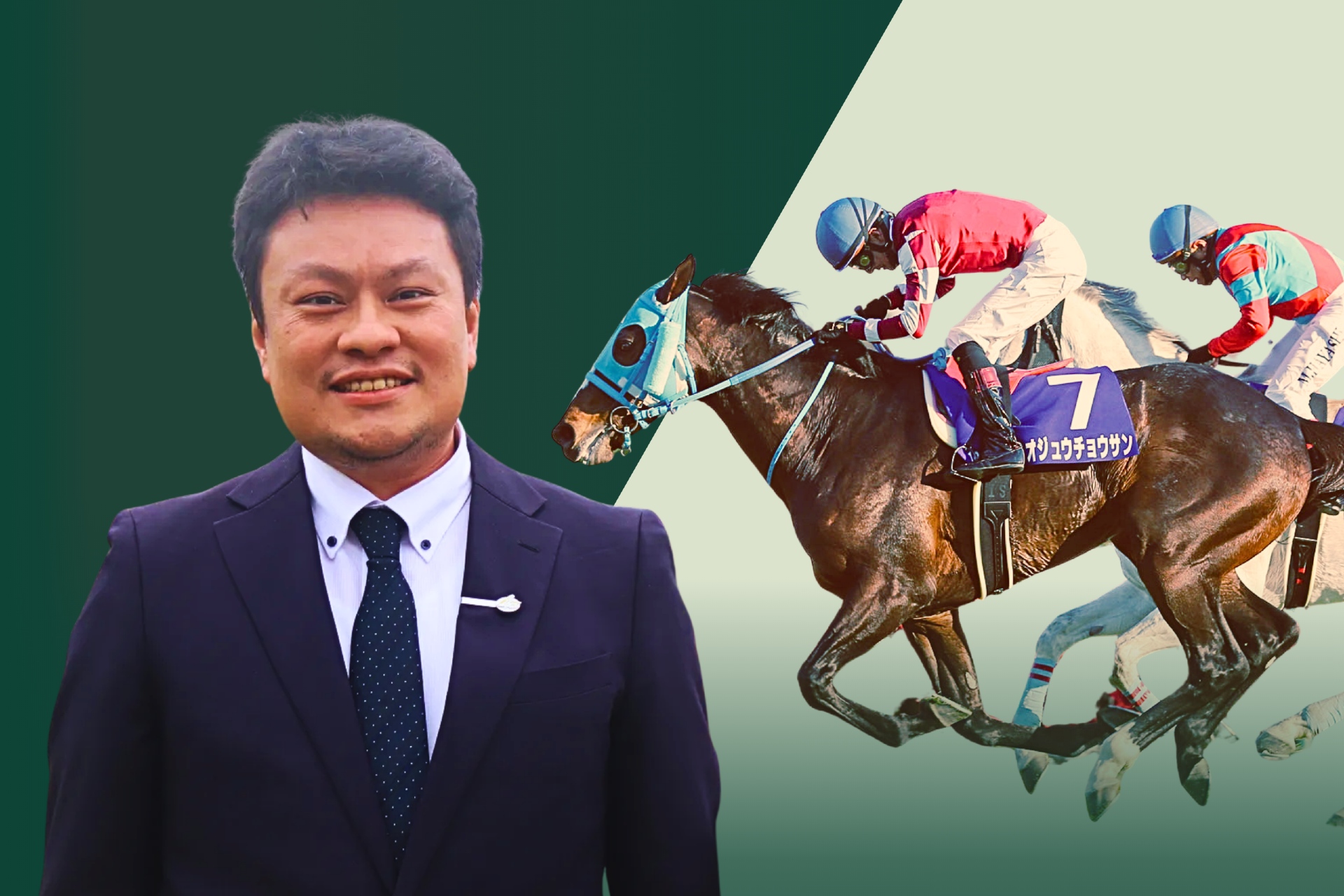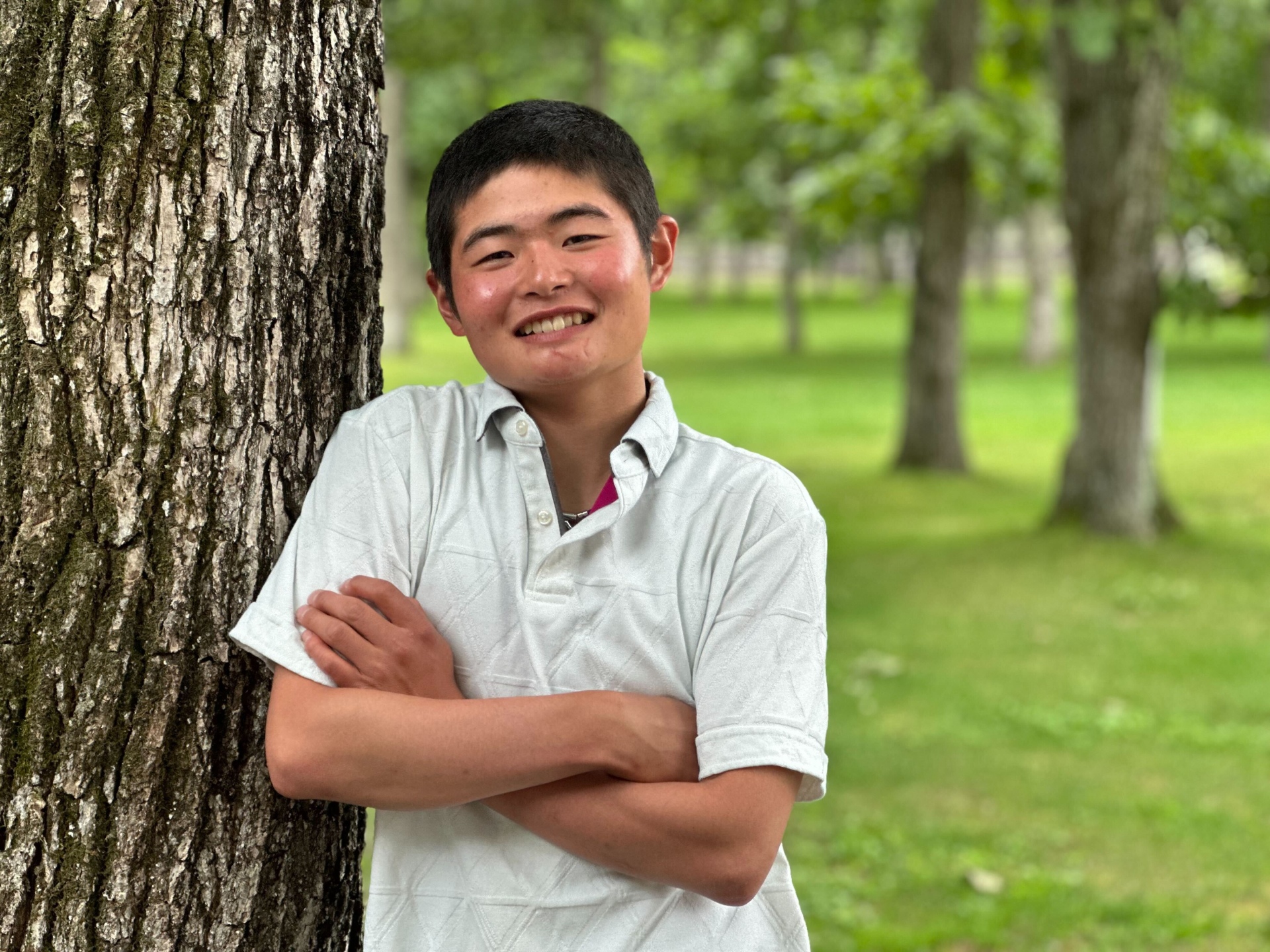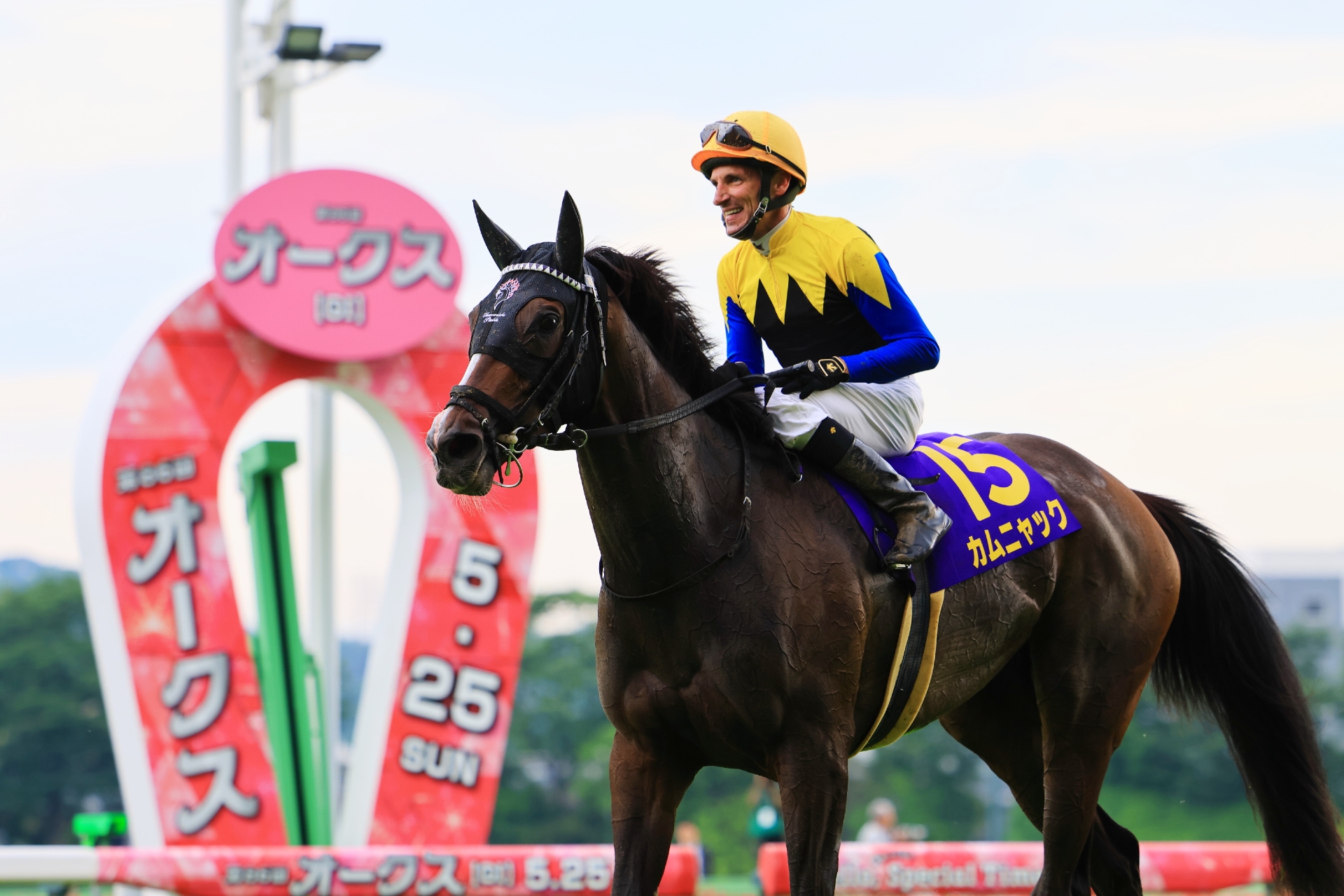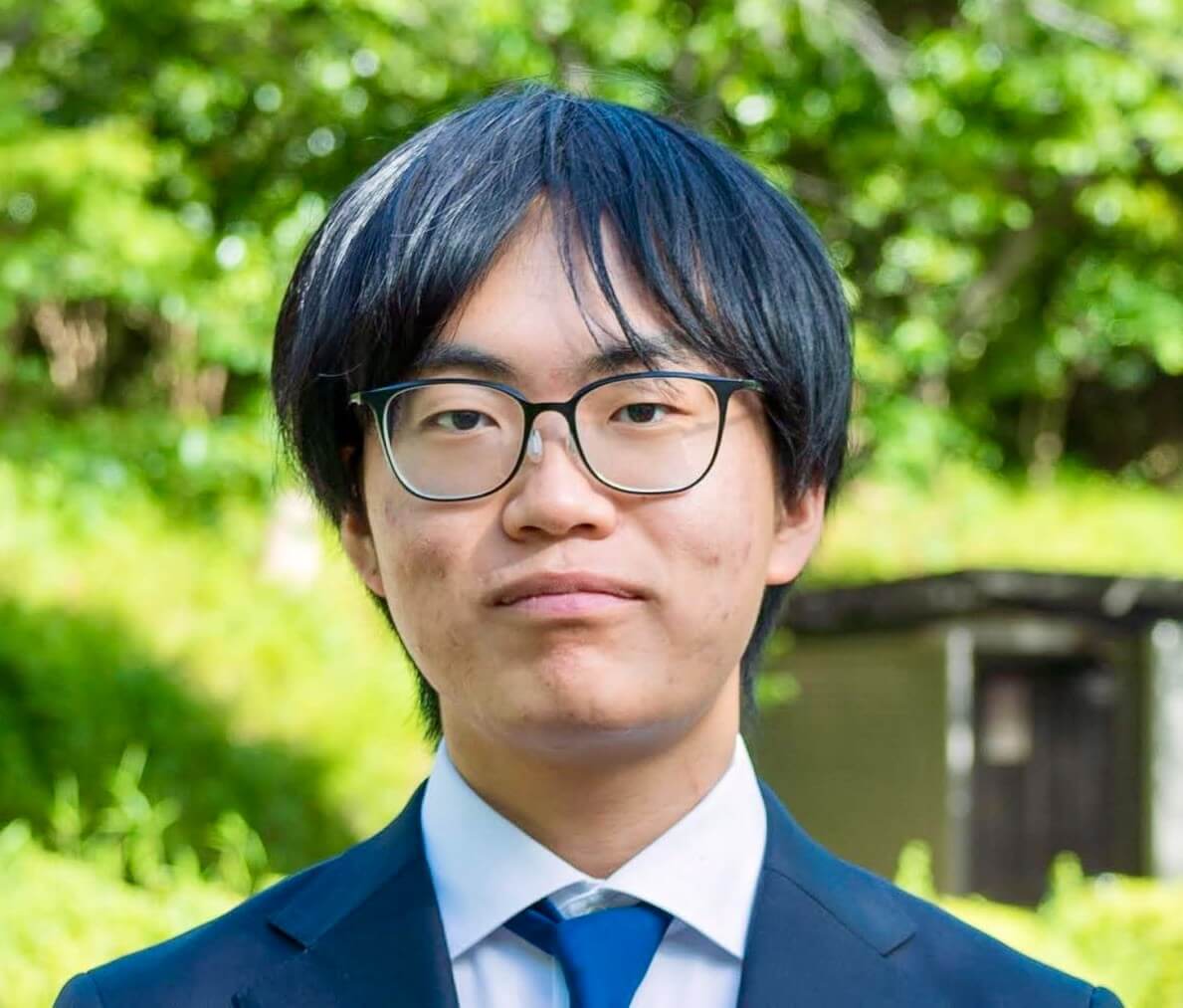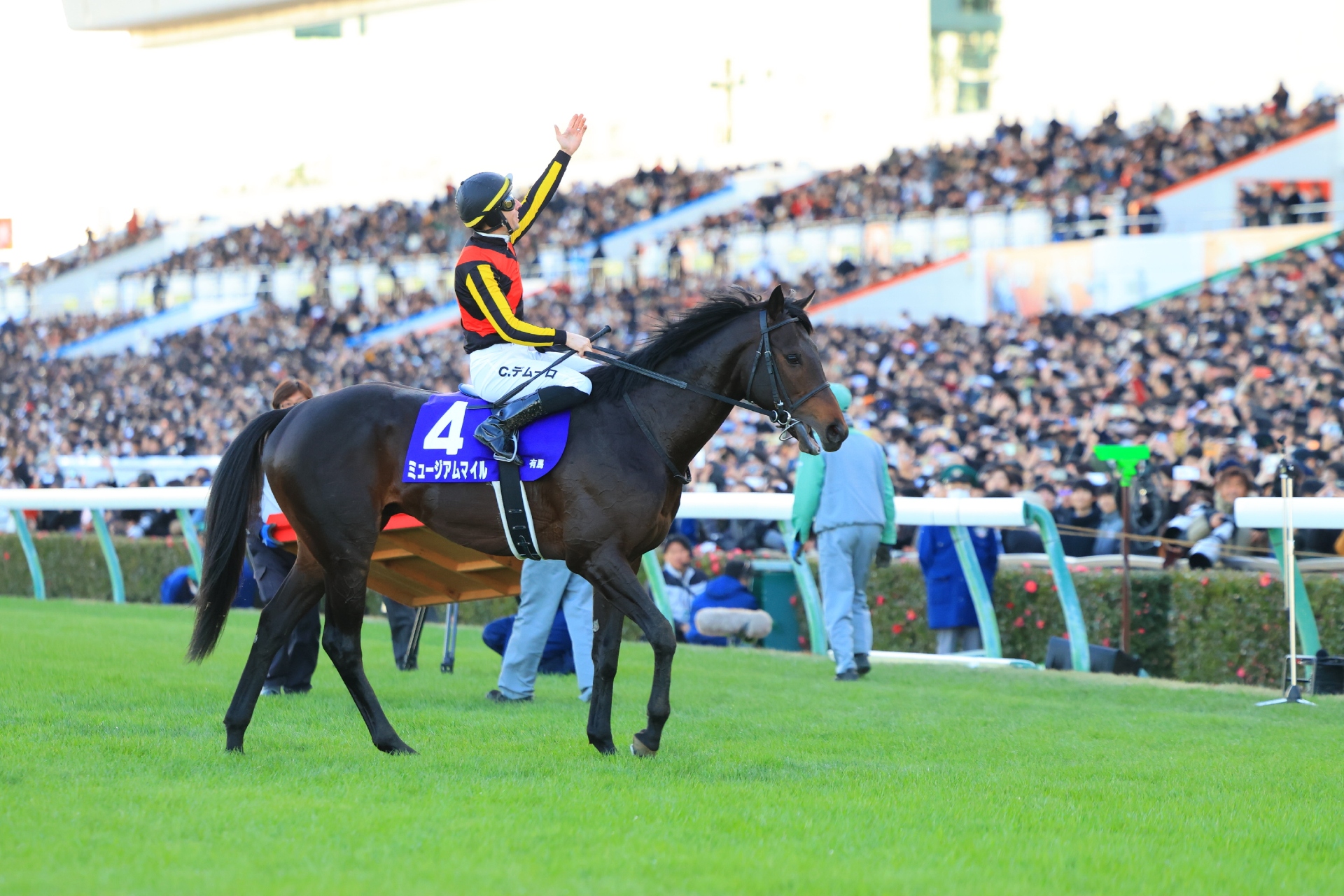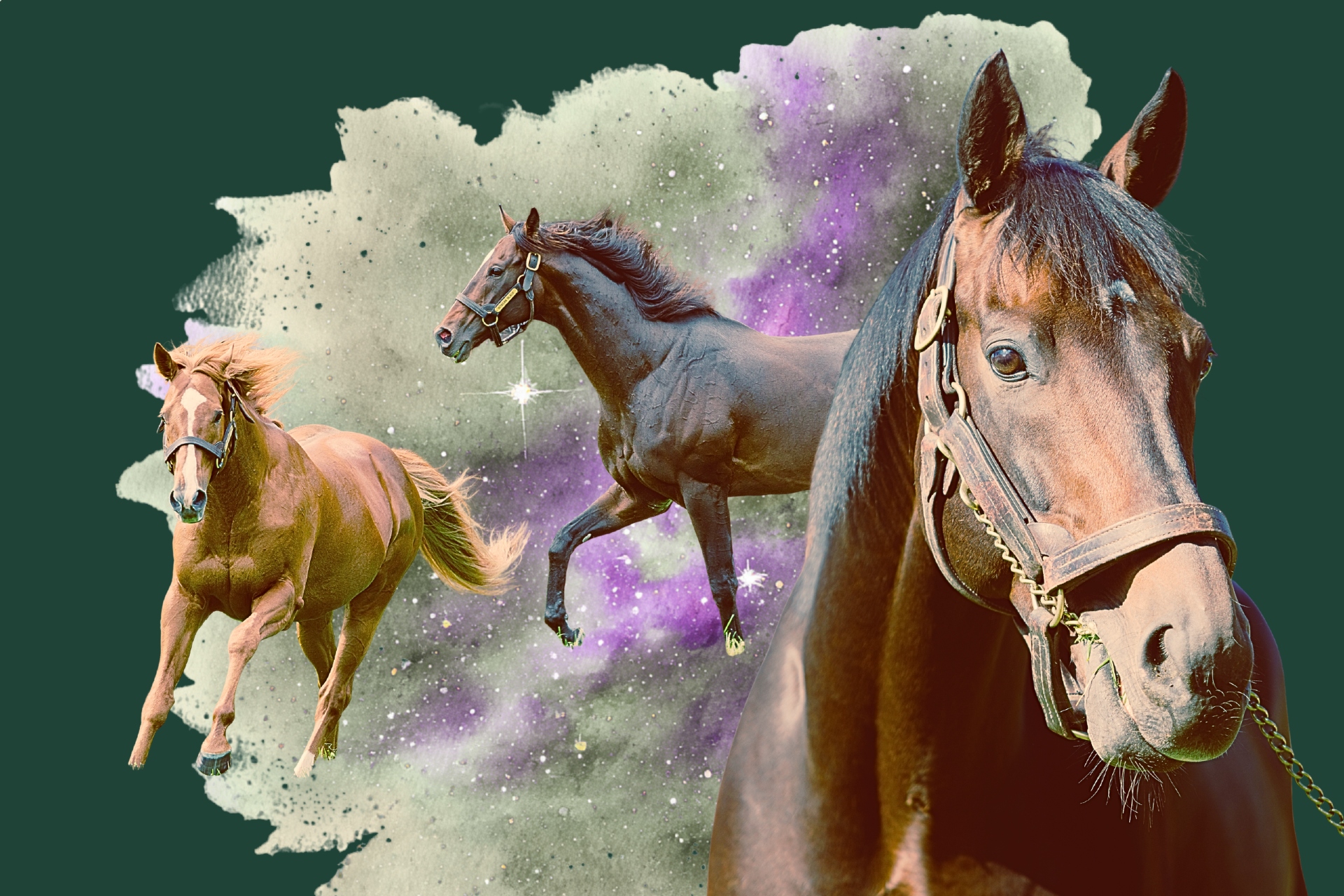Making Memories For Fans: Racecaller Nao Yamamoto’s Passion
Radio NIKKEI announcer Nao Yamamoto, now indispensable to horse racing commentary, reveals the behind-the-scenes world of race calling and his vision for the ideal race announcer.
THE 2017 Nakayama Daishogai was meant to be an easy introduction to Group 1 racing for the young race caller Nao Yamamoto. It turned out to be anything but.
The two horse war between Oju Chosan and Up To Date started with 1000 metres to go and didn’t stop until the rising star prevailed. But Yamamoto had already peaked with 800m to go.
“I was completely overwhelmed, it was incredibly tough. Steeplechases are extremely challenging to call,” he tells Idol Horse “The race lasts nearly five minutes, and by the time the field reached the fourth and final corners, I had already reached my limit as a caller.
“As the two leaders pulled away from the pack on the final corner, I tried to call out the names of the horses in the group chasing in third. But the group had bunched up, and if I were to name one, I’d have to name all.
“My hand holding the binoculars started to shake. At the time, I was using non-stabilized binoculars, so I couldn’t make them out clearly. I lost sight of the field and didn’t know what to say—so I blurted out, “The former champion or the reigning champion?”
Looking at the footage from that time, this phrase inserted at the moment when the first two horses entered the home stretch seems to be perfectly timed rather than a coincidence caused by a moment of intense stress.
“There were still about 400 meters left in the race, so my first impression was, ‘Oh no, I’ve messed up,’” Yamamoto says.
“That line going viral on social media and being embraced by fans—it was never something I imagined. Even now, if I were in the same situation again, I would never say that.”
The iconic piece of commentary is typical of what has endeared him to Japanese fans since, showing a rare ability to weave storytelling with passion.
Yamamoto’s calling philosophy is, “Each race should be memorable to those involved.”
“It’s hard to win in JRA racing—for both fans and horsemen, including trainers,” he says “Fans often bet on difficult wagers like the trifecta. And with so many horses relative to how often each one can run, even just winning once—let alone winning again—is incredibly difficult.
“So I want each race, whether for the person who cashed a ticket, the one whose horse won, or the one who just missed out, to be something meaningful, memorable in a good way. I don’t want to get in the way of that. Ideally, I want my call to be part of what stays with them; something that lets them fully celebrate that one victory.”
However, in the gruelling on-site environment of calling multiple races every half hour, calm and detailed preparation is crucial to avoid errors.
“In Japan, many horses have the same prefixes and colours in their names, belonging to the same owner. With races coming every 30 minutes, the risk of getting them mixed up is really high. So I keep the chart within view while calling the race. These days I use binoculars with image stabilization, so I talk while looking directly at the chart.”
Looking at the colour chart created by Yamamoto for the 2024 Yushun Himba, anyone can see that each horse’s colours, tactics, jockey’s name and accents are carefully noted. However, according to Yamamoto, this is merely an aid to make the commentary easier to follow for all runners.
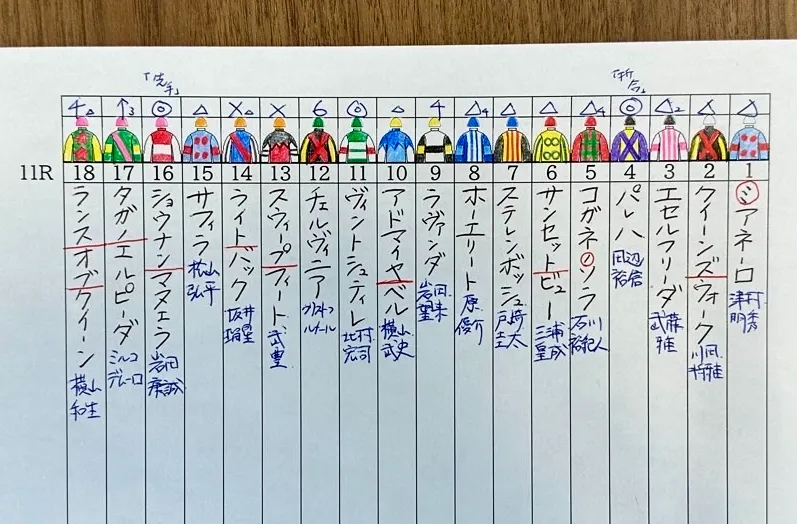
“This applies to all race callers, not just me—is that the biggest benefit is being able to build and rely on a template that works best for your own style. That’s all there is to it,” he says.
Not only the chart, but Yamamoto’s commentary is also characterised by uncompromising professionalism.
“Whether it’s preparing for a race or calling it live, my goal is always to ensure an operation with zero mistakes from the moment I start speaking to when I finish,” he says. “For example, I create my own charts by hand, and of course, I always double-check them for accuracy. If there’s something I need to mention during the commentary, I write it clearly beneath the horse’s name.”
“When I went to Hong Kong this April, the Tokyo Yushun winner Tastiera won the QEII Cup. To remind myself of that fact, I wrote beneath his name that he is a Derby winner. Similarly, the other day when a horse named Kamunyak won the Yushun Himba and I learned that her great-granddam was Dance Partner (1995 Yushun Himba Winner), I wrote the name Dance Partner as a reference. I often do things like that.
As one of those who has recorded the history of horse racing first-hand, Yamamoto prefaced his views on Japan’s 60-year history of live horse racing commentary and Radio NIKKEI, the company that has supported it, with, “This is a clichéd answer, but…”
“I honestly respect all of my seniors equally. It’s because, like I said earlier with the colour charts, they’ve spent 60 years thinking about how to improve the quality of race calling.Whether it was the person who first picked up a coloured pencil, the one who created the current format, or those now adapting to the digital era—we’ve continued refining our process to make the job easier and reduce mistakes. That’s why I believe this company (Radio NIKKEI) has been able to carry on within a single organization for so long, and I truly respect that.”
“Also, the seniors were never disliked by the JRA, horsemen, trainers, owners, jockeys, or even the fans,” he continues. “That’s hugely important. If someone had been disliked, I think someone else from another company would’ve taken over the job right away. But we’ve kept it going for 60 years without leaving any bad aftertaste. Sure, individuals may have left, but the company itself has never been rejected—that’s a big deal. Japanese horse racing is quite conservative and bound by strict regulations by nature. That creates a climate where “not being disliked” becomes a fundamental requirement.”
Yamamoto was the caller for this year’s Yushun Himba, which was won by Kamunyak. He said that he had some concerns when he was assigned to commentate on the race.
“Up until race day, there was a flower stand set up in memory of Liberty Island in Tokyo Racecourse. Before the race, I debated in my mind whether or not to mention it—and if I did, how to do so,” he says.
“In Japanese Grade 1 races, the fans are given time to settle down before the horses are loaded into the gate, so there’s a certain period where we’re expected to speak. I felt I couldn’t ignore the topic.
“But at the same time, with 18 horses about to run, I was hesitant to bring up an accident in such a delicate moment. So I chose to close it with a line like, “All horsemen must be hoping for everyone to return safely.”
The race ended dramatically. Andrasch Starke and Kamunyak overwhelmed the battling Arma Veloce with a determined run down the outside. Yamamoto said that he experienced a range of emotions at that moment.
“I was honestly surprised,” he admits. One reason is that I’ve been watching horse racing since I was little, thanks to my parents. I saw Dance Partner race back when I was in kindergarten or elementary school, and I never thought I’d see another Oaks winner descended from her. That alone was astonishing.
“Before the Oaks, when Starke won the Grade 2 Flora Stakes, he spoke so happily about going to the Oaks with Kamunyak. I saw that on the broadcast while I was in the commentary booth in Hong Kong. I remembered that moment—how he was beaming as he spoke through the interpreter, who then gently told him, ‘Please, look forward.’ He’s been riding in Japan for 25 years and he had never won a Grade 1 race here. So when he did, I was genuinely taken aback—’Wow, he’s actually going to win.’
“I’ve always felt that he really respects Japanese racing and enjoys participating in it wholeheartedly. So it was a mix of surprise, happiness, and the feeling that I had just witnessed something truly special.”
Yamamoto, who has established himself as an indispensable narrator in JRA horse racing, was attracted to the sport by an idol horse.
“My parents were always fans of horse racing,” he says. “I was born in 1989, the year of Oguri Cap—a huge star horse—and racing really went mainstream in society around then. If I’d been born five years earlier or later, I probably wouldn’t have become a racing fan. That’s how big Oguri’s boom was.
“There was a VHS tape back then looking back on Oguri Cap in my house, alongside titles like Kamen Rider (Japanese superhero) and Thomas the Tank Engine. When I was three, I picked the Oguri Cap one. He was undoubtedly my hero.”

Young Yamamoto, who was captivated by Oguri Cap, never lost his passion for the sport. Instead,horse racing became an indispensable part of his life.
“When I was a kid—in elementary school, junior high, and high school—there were times when things didn’t go well at school,” he says. “Maybe I felt rejected by friends, or failed at something. But even then, racing was always there every week. It became something that could reset me on Saturdays and Sundays.
“There was always a new star horse each year. Whether it was Dance Partner back then or Deep Impact later on, there were always star horses or star jockeys who showed up just when I needed them—at those key moments in life. I can’t say I had a particularly happy time as a student, but racing was a huge source of support for me.”
He eventually entered university and began looking for a job, but when asked how he came to join Radio NIKKEI, he gave an unexpected answer.
“I kept loving racing right through age 20, and when I was job hunting, I saw an announcer recruitment ad from this company. I applied because I thought it would be a chance to meet people who worked in horse racing. I didn’t have any intention of becoming an announcer—didn’t even know if I wanted to—but I just wanted to see what a race caller looked like up close.”
Yamamoto, who will turn 36 this year, is one of the youngest announcers at Radio NIKKEI. His experience at Champions Day in Hong Kong this April was his first time doing an overseas broadcast..
“The situation with Liberty Island was really unfortunate, I learned a lot from it,” he says, recalling the champion mare’s breakdown and subsequent death. “Watching horses like Ka Ying Rising, Voyage Bubble, Red Lion, and of course the Japanese contenders like Tastiera—it was an incredible learning experience.
“Maybe I shouldn’t say it was “fun,” but it truly was, and very educational as well. So if I have more chances to go abroad, I’d love to take them. Based on those experiences, I hope I’ll be able to cover major races around the world—and of course, Japan’s major races too.”
When asked if he had any races he would like to commentate on in the future, Yamamoto replied, “There aren’t any specific ones.
“Rather,” he adds, “I want to be the kind of announcer people say, ‘I want Yamamoto to call this race.’ Whether it’s the Derby or the Arima Kinen, I want fans and people in the racing industry to feel that way about me.” ∎
